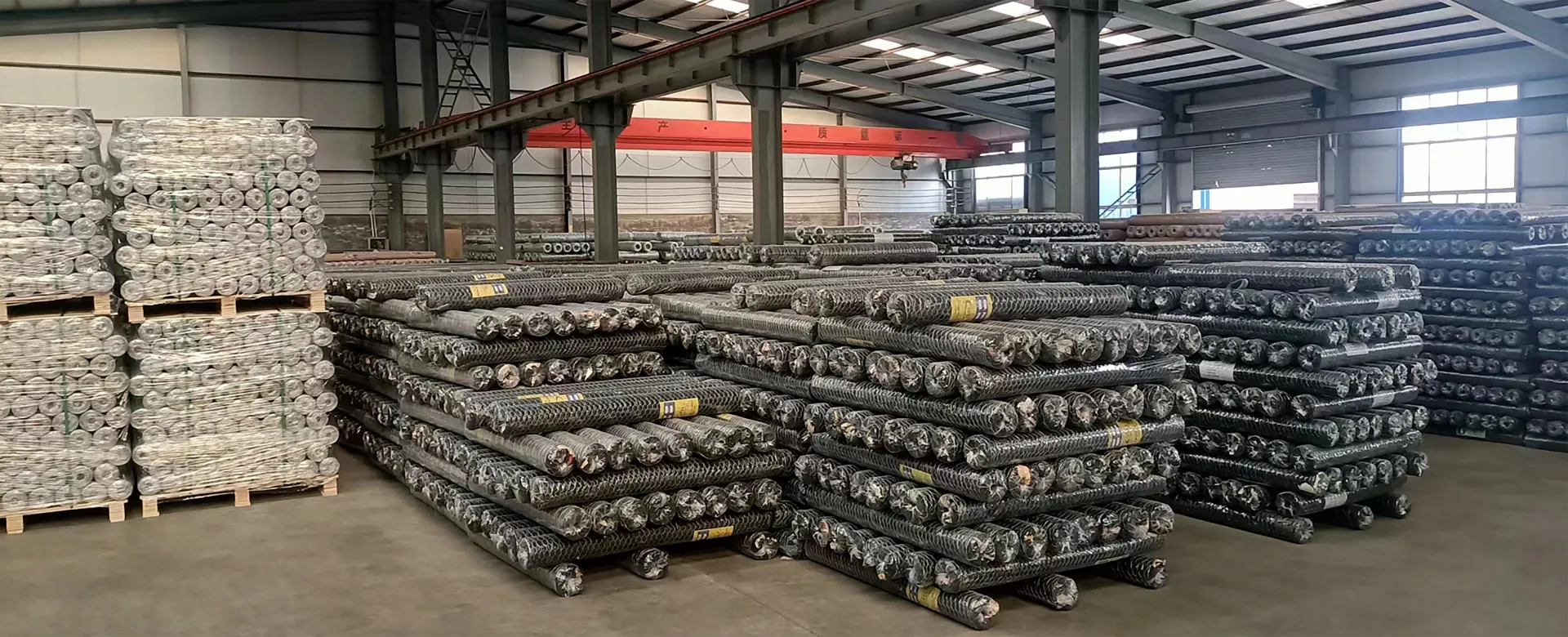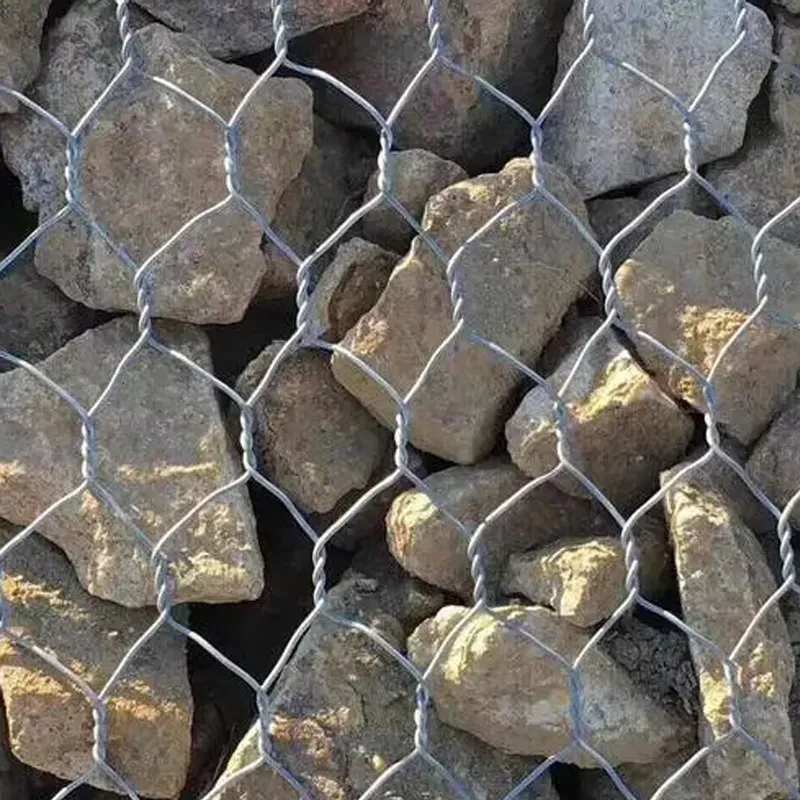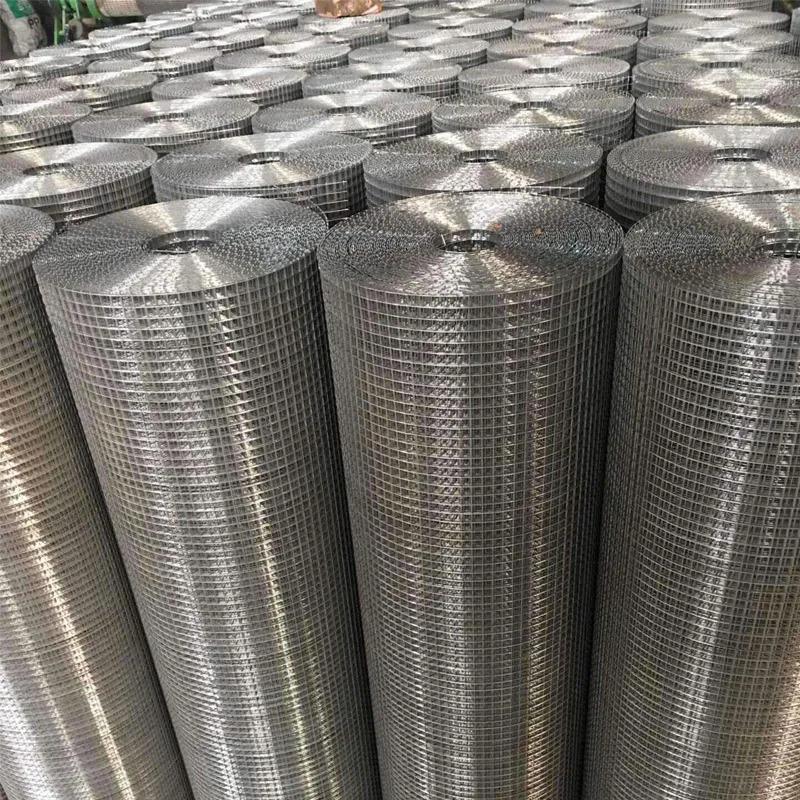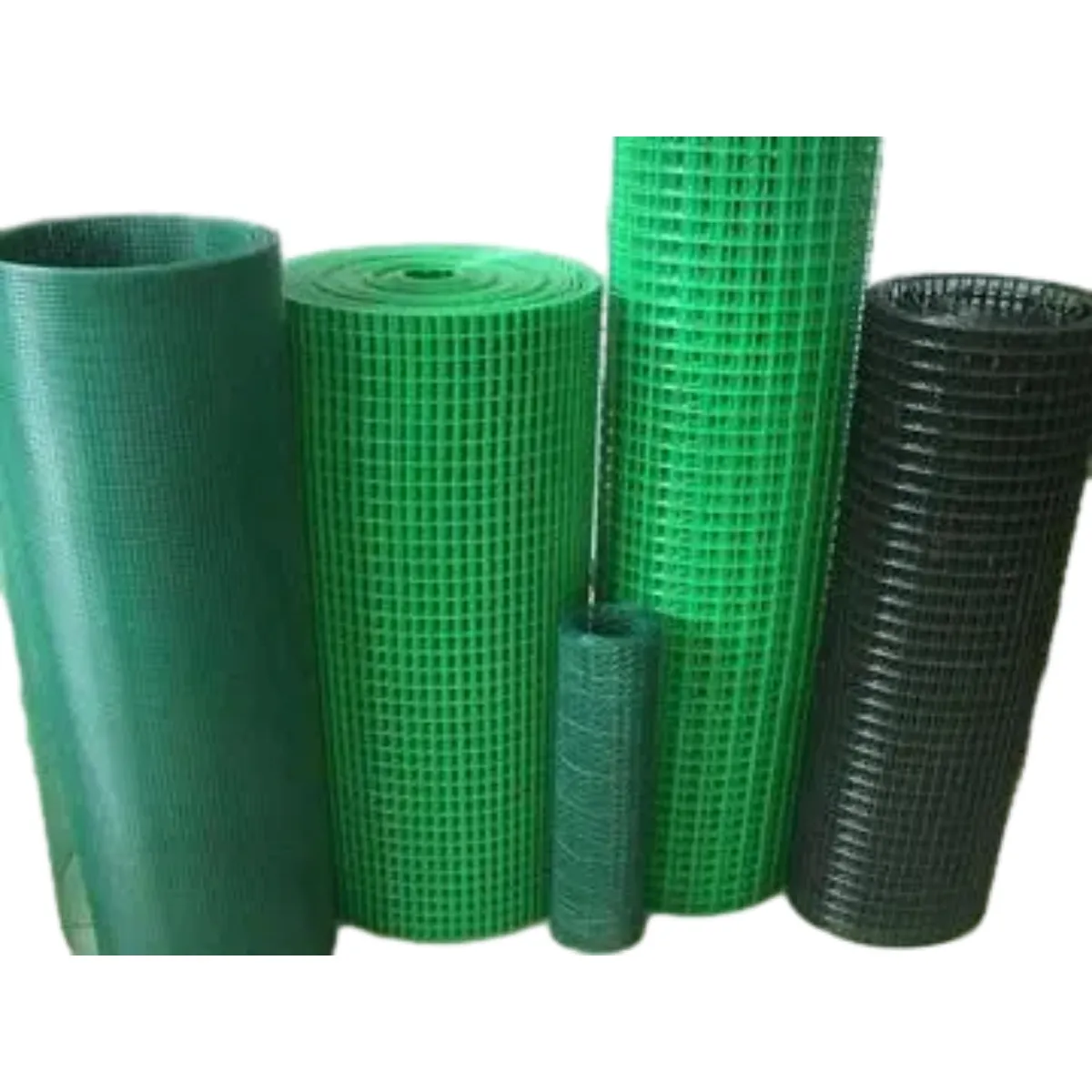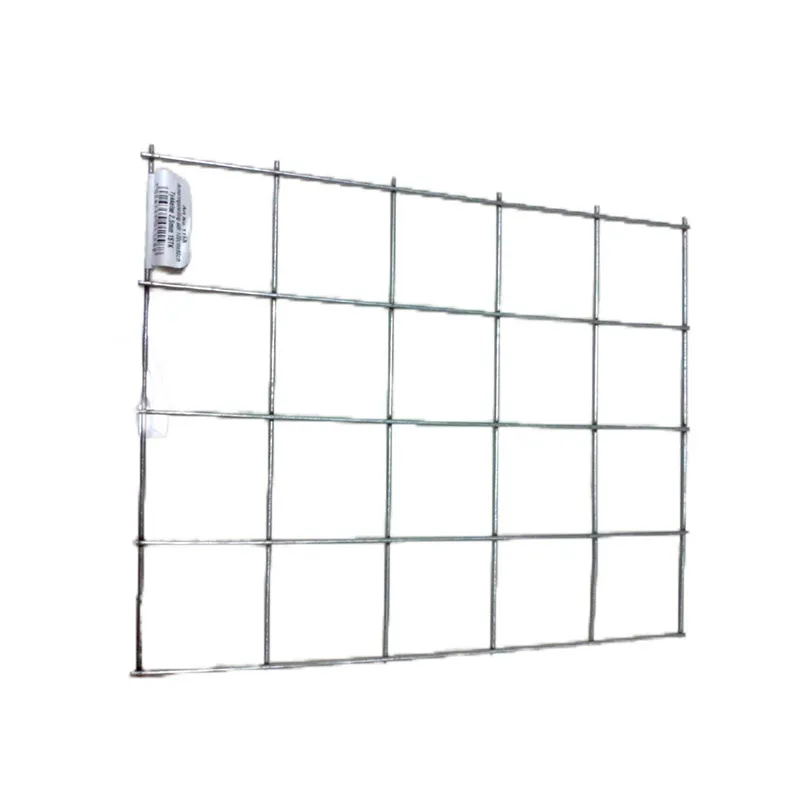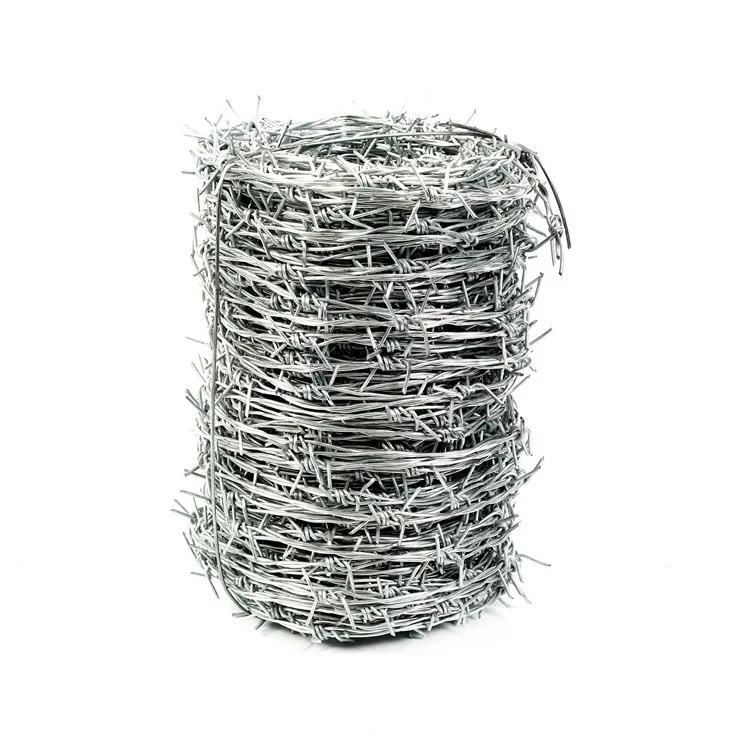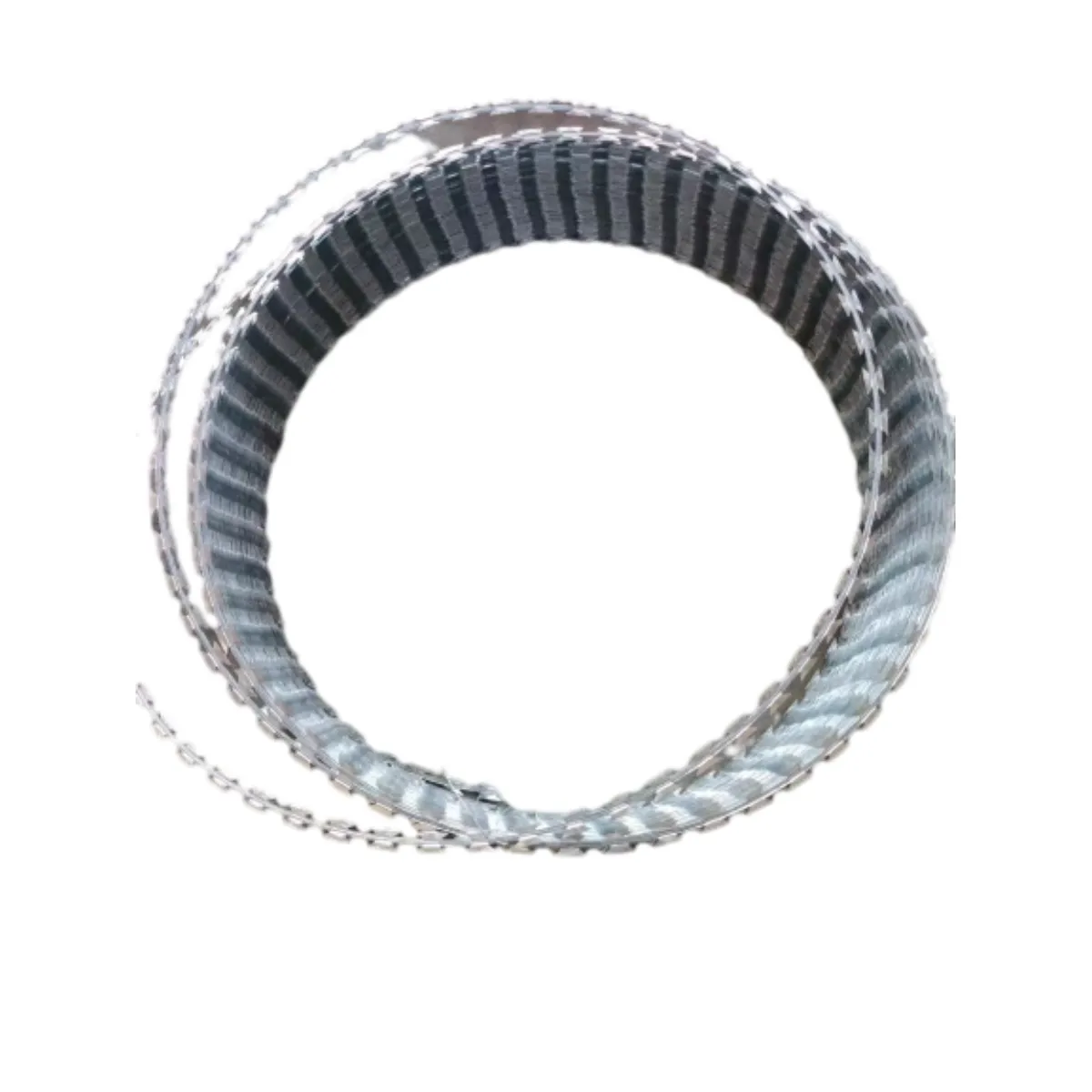Aug . 16, 2024 18:36 Back to list
An Overview of Common Wire Nails and Their Uses in Construction
The Common Wire Nail An Essential Fastening Solution
The common wire nail is a staple in the world of construction and woodworking, serving as an essential fastening element across various applications. While often overlooked, its design simplicity and functionality make it an indispensable tool in both professional trades and DIY projects.
Historical Context
The history of wire nails can be traced back to ancient civilizations, where rudimentary forms of nails were used to fasten wooden structures. However, the modern common wire nail, as we know it today, began to take shape in the 19th century with the advent of industrialization. The introduction of wire drawing technology allowed for the mass production of nails, which reduced costs and made them widely accessible. This innovation marked a turning point, as common wire nails became the preferred choice for builders and craftsmen alike.
Design and Specifications
Common wire nails are typically made from steel wire, which is drawn into rods and then cut into various lengths, with the most common lengths ranging from 1 inch to 6 inches. The nails come in different diameters, often measured in gauge, where a smaller gauge number indicates a thicker nail. A typical common wire nail features a flat head and a smooth or spiral shank, providing excellent holding power in various materials.
One of the key characteristics of common wire nails is their versatility
. They can be used in a wide range of applications, including framing, roofing, and flooring. Their design allows them to be easily driven into wood, and their strength ensures a durable hold. When properly used, they can support significant weight and withstand various environmental conditions, making them a reliable choice for construction projects.common wire nail

Advantages
One of the primary advantages of common wire nails is their cost-effectiveness. Manufactured in bulk, they are inexpensive compared to other fastening solutions such as screws or specialty fasteners. Additionally, they are straightforward to use, requiring minimal tools for installation. A simple hammer is often sufficient to drive them into place, making them accessible for homeowners engaged in DIY projects.
Moreover, common wire nails possess excellent shear strength, which makes them ideal for applications that require resistance to lateral forces, such as in framing and structural assembly. Their ability to hold two pieces of wood together securely is unmatched by many other fastening methods.
Limitations
Despite their many benefits, common wire nails do have limitations. For instance, they may not be the best choice for projects requiring disassembly, as removing them can be challenging without damaging the surrounding material. Additionally, in certain conditions, such as wet environments, they may be susceptible to rust and corrosion unless treated with protective coatings or made from stainless steel.
Conclusion
In conclusion, the common wire nail is an essential, versatile, and economical fastening solution that has stood the test of time. Its simple design and ease of use have made it a favorite among builders, craftsmen, and DIY enthusiasts. Whether you're constructing a wooden deck or repairing furniture, the common wire nail provides reliability and strength, ensuring your projects stand solidly through the test of time. As we continue to innovate in building technologies and materials, this humble fastener remains a crucial component in the construction industry, proving that sometimes, the simplest solutions are the most effective.
-
Weather Resistance Properties of Quality Roofing Nails
NewsAug.01,2025
-
How Galvanised Iron Mesh Resists Corrosion in Harsh Environments
NewsAug.01,2025
-
Creative Landscaping Uses for PVC Coated Wire Mesh Panels
NewsAug.01,2025
-
Common Wire Nail Dimensions and Their Specific Applications
NewsAug.01,2025
-
Choosing the Right Welded Wire Sheets for Agricultural Fencing
NewsAug.01,2025
-
Anti - Climbing Features of Razor Wire Barriers
NewsAug.01,2025

